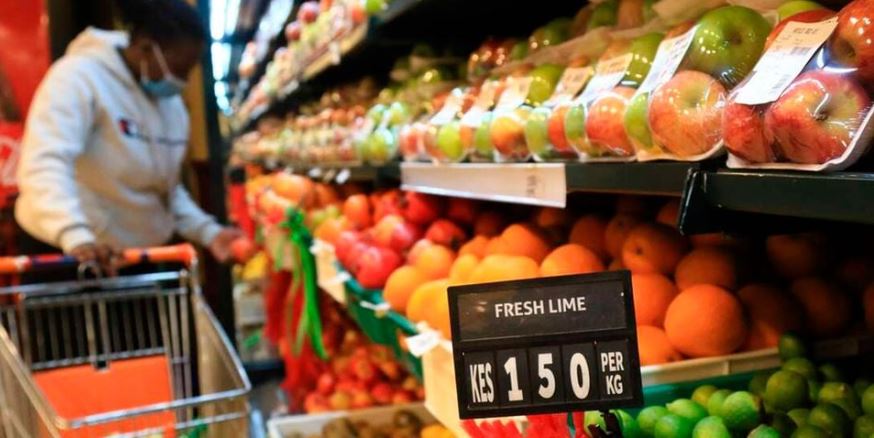 Kenya’s inflation rate rose to 4.1 percent in April 2025, up from 3.6 percent in March, marking the sharpest monthly increase since September 2024.
Kenya’s inflation rate rose to 4.1 percent in April 2025, up from 3.6 percent in March, marking the sharpest monthly increase since September 2024.
According to the latest report by the Kenya National Bureau of Statistics (KNBS), the 0.5 percent jump was driven primarily by rising costs of food, transport, and essential household utilities.
“The annual consumer price inflation as measured by the Consumer Price Index (CPI) was 4.1 per cent in April 2025. This implies that the general price level in April 2025 was 4.1 per cent higher than it was in April 2024,” KNBS stated.
Food and non-alcoholic beverages saw a 0.4 percent increase in April, while transport costs rose by 0.5 percent—largely due to higher country bus fares during the Easter holiday.
Meanwhile, housing, water, electricity, gas, and other fuels recorded a 0.3 percent uptick. These three categories of food and non-alcoholic beverages, housing and energy, and transport, which account for over 57 percent of total household spending, played a central role in driving April’s inflation numbers.
Staple food prices saw notable increases. Irish potatoes jumped by 4.0 percent, while loose maize grain and fortified maize flour rose by 2.9 percent and 2.6 percent, respectively.
Energy costs also edged up. Electricity prices rose by 3.8 percent for users consuming 50 kWh and by 3.4 percent for those using 200 kWh. Cooking gas (LPG) prices increased slightly by 0.3 percent.
KNBS noted, “The increase was mainly on account of rise in the prices of 50kWh electricity, 200 kWh electricity and gas/LPG by 3.8, 3.4 and 0.3 per cent between March 2025 and April 2025.”
However, some relief came from falling vegetable and fuel prices. Sukuma wiki (kale) dropped by 2.3 percent, and cabbage fell by 4.0 percent. Kerosene, petrol, and diesel prices declined by 1.6 percent, 1.1 percent, and 1.3 percent, respectively.
Still, the overall inflation trend points to mounting pressure on Kenyan households as food, energy, and transport remain key cost drivers heading into mid-year.